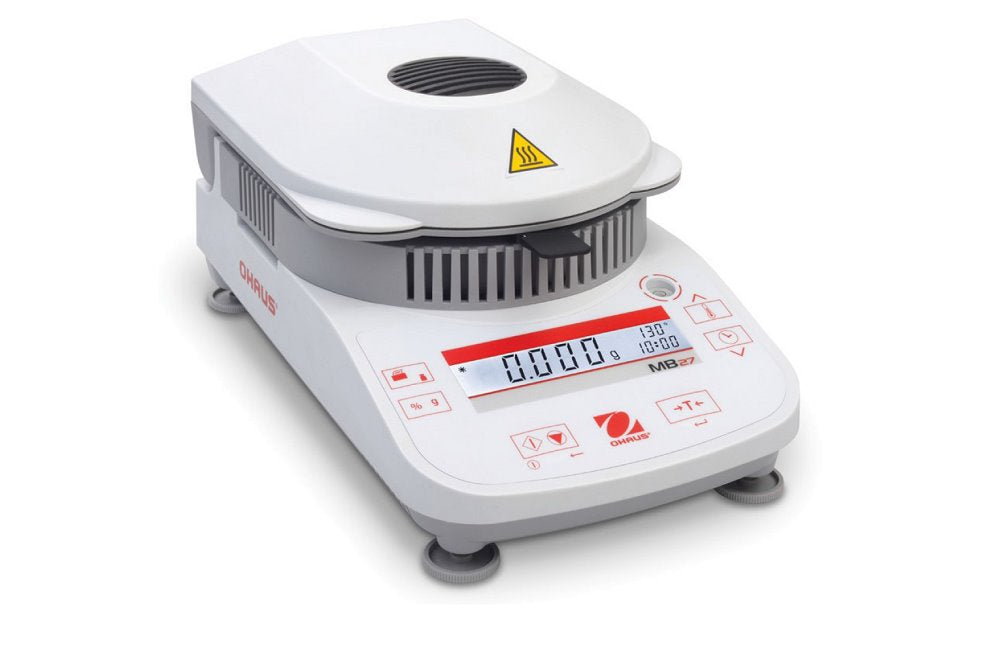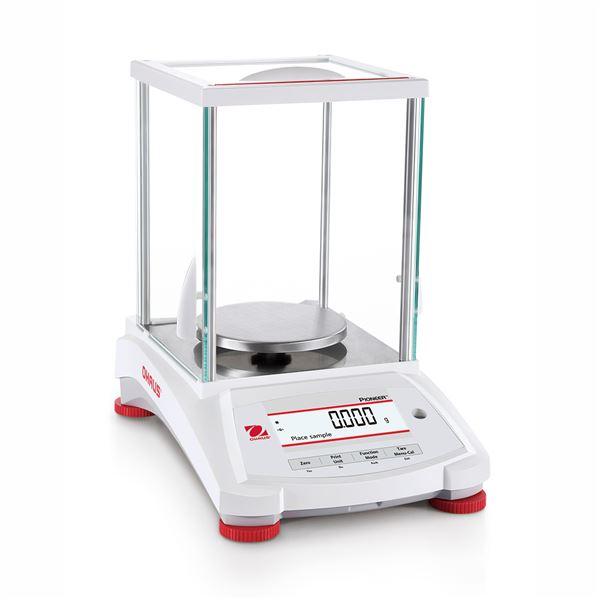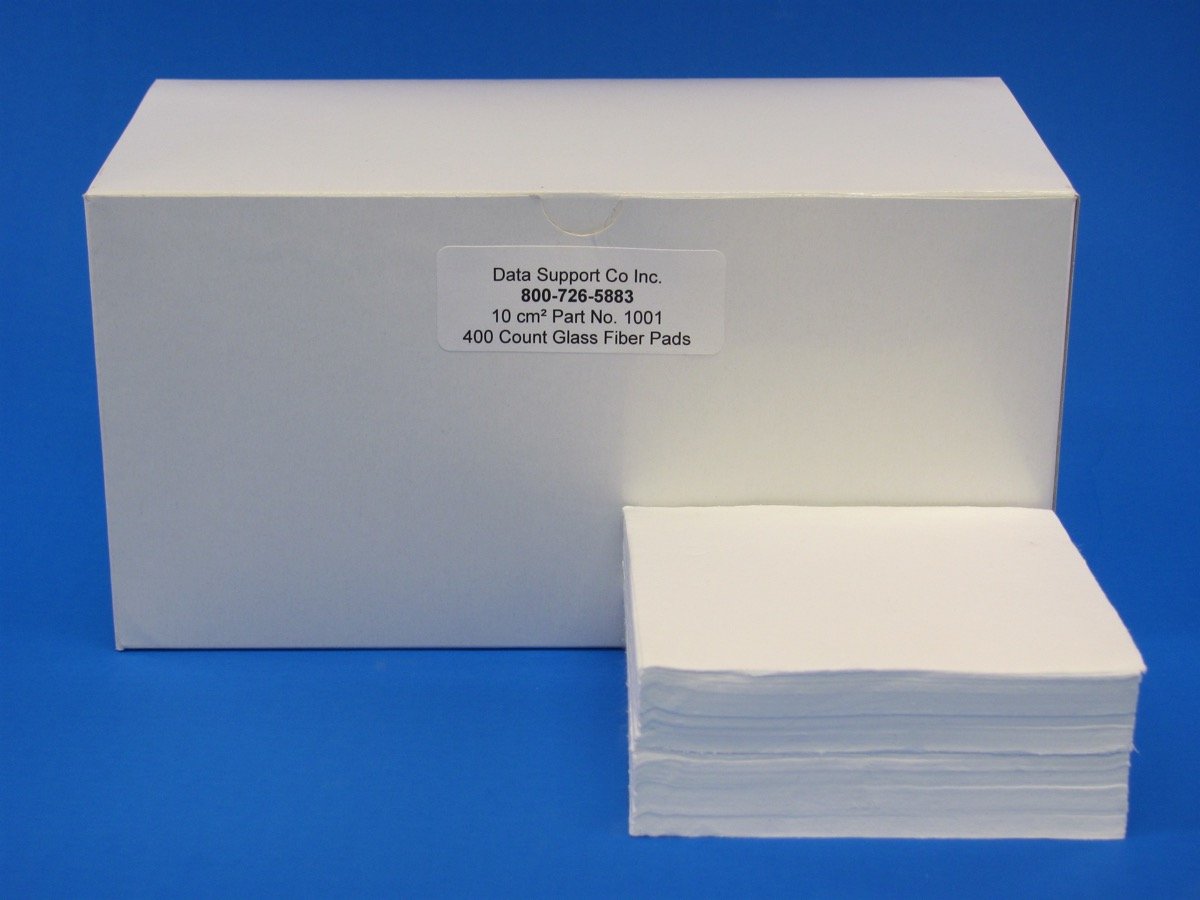Have you ever wondered how some businesses maintain consistent quality across all their food products?
From snacks and dried fruits to pet food and baked goods, they keep producing quality food all year round. Their food is never sticky and seems to last forever on the shelf.
Is there some hidden secret you’re not aware of?
We don’t know about secrets, but we do know one thing that matters above all else when it comes to the quality of your food:
Moisture control.
3 Ways Moisture Control Can Make Your Food Magical
Now you might be wondering, how can moisture control be that big of a deal? Can it really make a huge impact on the quality of my food?
Well, it definitely can and here are three reasons why:
1. Improve Texture
The texture of your food depends a lot on the moisture level. For example, too much moisture can ruin your food by making it sticky, mushy, or even crumbly.
On the other hand, too little moisture can make your food dry, brittle, and hard as a brick — of course, not literally, but you get the point.
So the right balance in moisture can literally mean the difference between tasty and uneatable food.
A few examples of foods where moisture control plays a huge part in texture are pasta, meat, and any type of doughs.
If you don’t have the budget for a top of the line analyzer, check out the Ohaus MB23 Demo Moisture Analyzer for a great deal.
2. Increase Shelf Life
The more moisture your food has, the more the microbial activity. High moisture content can make your food a thriving ground for all sorts of bacteria, making your product more likely to rot.
To put it in simple terms, less moisture means your food will last a long time on the shelves of your customers.
However, does that mean you should minimize the moisture as much as you can?
Not so fast. You have to remember that some foods naturally require high moisture levels while others require lower levels. So at the end of the day, it’s all relative.
How can you make sense of all this without losing your mind?
Simple. Keep reducing moisture until the food becomes dry and brittle. As soon as that happens, measure the moisture content and next time don’t go that low.
You’ll have to experiment a little but you’ll get there sooner than you think. The key is to use a precise analyzer, like the DSC HFT4000 Moisture Analyzer, so you can get there as fast and accurately as possible.
3. Meet Legal Requirements
Regulatory bodies all over the world are fighting hard to ensure food manufacturers follow all the local and national regulations. They inspect every step of the way from production to processing.
Proper moisture control is one such requirement. Depending on your locality and the type of food you produce, you will generally be required to share detailed descriptions of your analysis process.
Naturally, the accuracy and reliability of your moisture analysis are critical. Not just for the sake of legal requirements, but as discussed earlier, for the quality of your food too.
So if you want to ace the regulations and exceed your customers’ expectations, check out the A&D MX50 Moisture Analyzer here.





